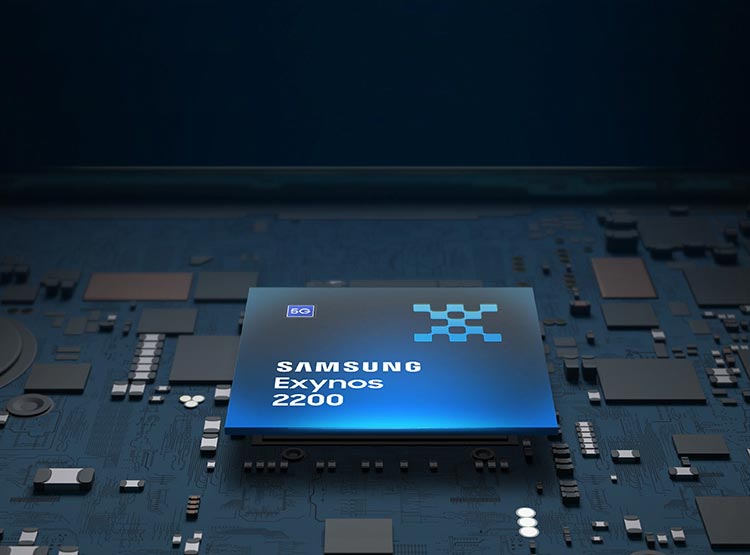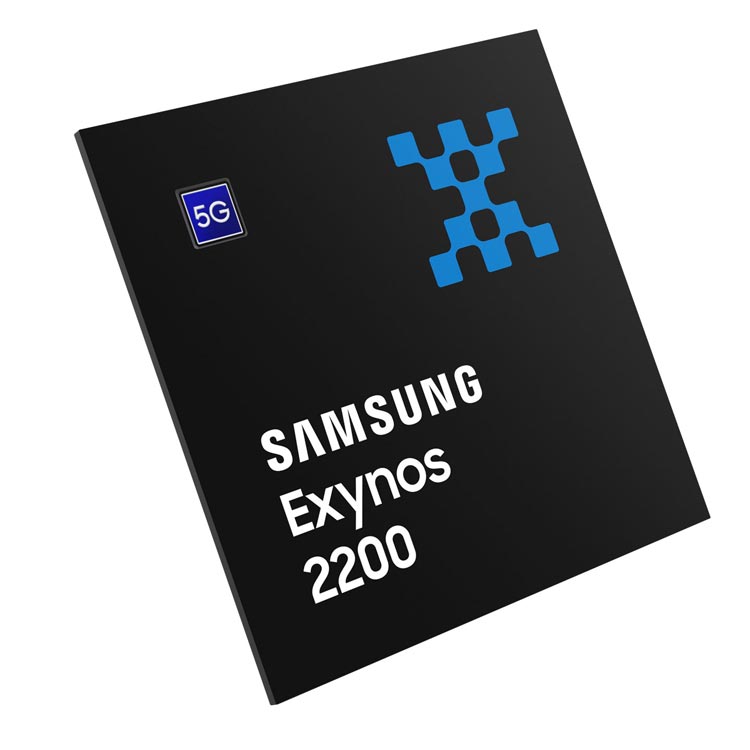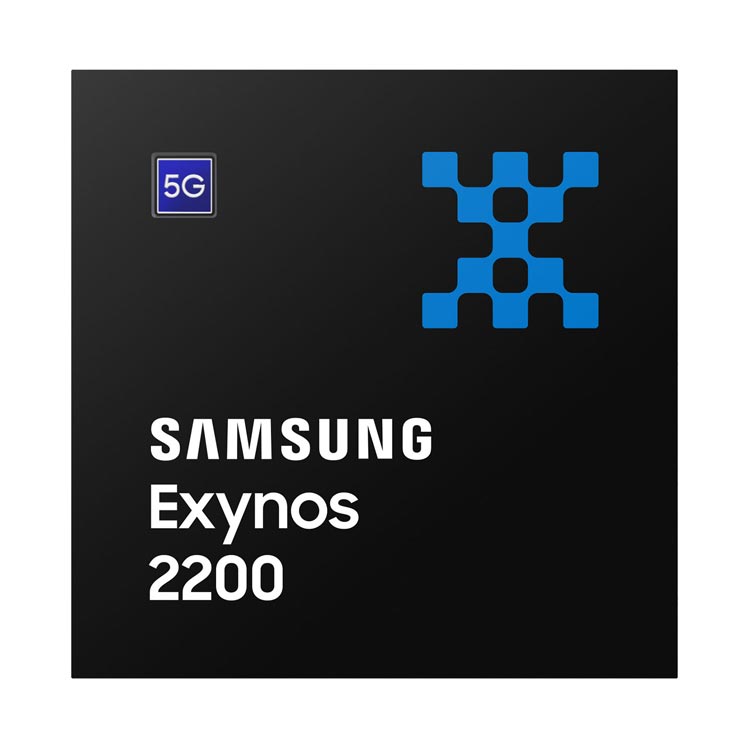
After a no-show at the scheduled event last week, Samsung quietly introduced the upcoming Exynos processor. The Exynos 2200 will power the next-generation Samsung Galaxy device that comes with a GPU based on AMD’s RDNA 2 architecture.
AMD RDNA 2 powered Xclipse GPU
The SoC is equipped with RDNA 2-based Xclipse 920 graphics processing unit (GPU), which Samsung says is a “hybrid graphic processor” and is positioned between the console and the mobile graphics processor. With Xclipse in tow, devices powered by the new chip will be available to experience features like hardware accelerated ray tracing (RT) and variable rate shading (VRS) that are generally reserved for PCs and consoles. In addition, the Xclipse also comes with advanced multi-IP governor or AMIGO for short that claims to enhance overall performance and efficiency.
What is Ray tracing (RT) and Variable Rate Shading (VRS)?
Ray tracing is revolves around how light is emulated in a virtual world. To make it look like a real world, ray tracing considers a numbers of factors like the movement, how the light bounces off the surface, color characteristic and accordingly, produces realistic-looking lighting effects. To offer the most immersive graphics and user experiences even on mobile, Samsung has collaborated with AMD to realize the industry’s first ever hardware-accelerated ray tracing on mobile GPU.
Variable rate shading on the other hand, is where it allows optimizing the GPU workload by allowing developers to apply lower shading rate so that there’s not a big compromise to affect the overall quality of the visual rendered. This enables the GPU to create more room for other intensive processes and improve frame rate for smoother gameplay.
Octa-core CPU built with tri-cluster architecture
Samsung is yet to confirm the clock speed but the Exynos 2200 features a tri-cluster structure that consists of one Arm Cortex-X2 flagship-core, three performance and efficiency balanced Cortex-A710 big-cores and four power-efficient Cortex-A510 little-cores. All these cores are based on the Armv9 architecture.
The SoC also comes with on-device artificial intelligence (AI) with an upgraded NPU that delivers double the performance with FP16 (16bit floating point) along with power-efficient INT8 (8bit integer) and INT16.
On the 5G front, it supports both sub-6GHz and mmWave (millimeter Wave) spectrum bands and with E-UTRAN New Radio – Dual Connectivity (EN-DC), Exynos 2200 can increase the speed to up to 10Gbps by utilizing both 4G LTE and 5G NR signals.
Safety is a priority on the Exynos 2200, which is why it comes with an Integrated Secure Element (iSE) to store private cryptographic keys, act as RoT (Root of Trust), and an inline encryption HW for UFS and DRAM.
200 megapixel (MP), 8K video recording
The image signal processor (ISP) on the Exynos brings support for camera sensors up to 200MP with up to 108 MP in single camera mode, and 64+36 MP in dual camera mode. The SoC can connect up to seven camera modules and use four simultaneously.
On the video side of things, supports 4K at 240fps, 8K at 60fps and encodes up to 4K at 120fps or 8K at 30fps. the multi-format codec (MFC) also supports the AV1 decoder and improved HDR10+ performance.
Samsung is currently mass-producing Exynos 2200 with Samsung’s upcoming Galaxy S22 lineup as the first recipient.


Leave a Reply